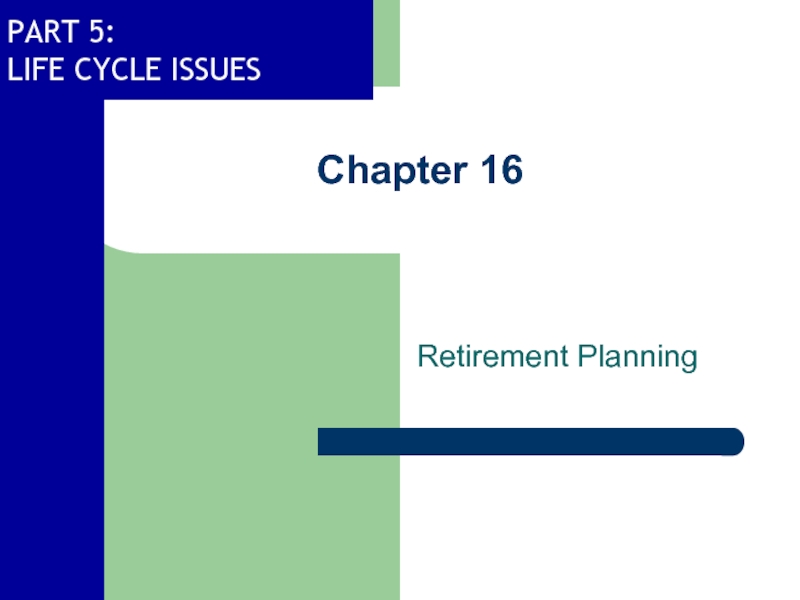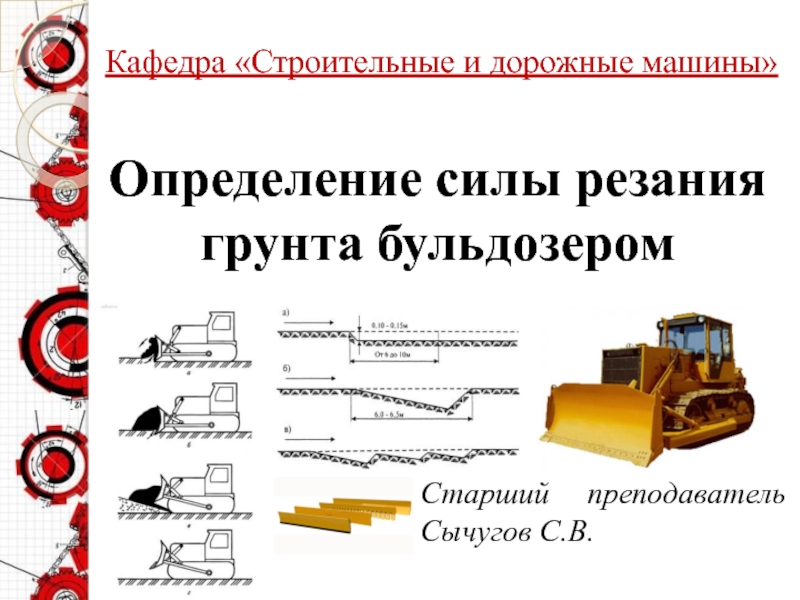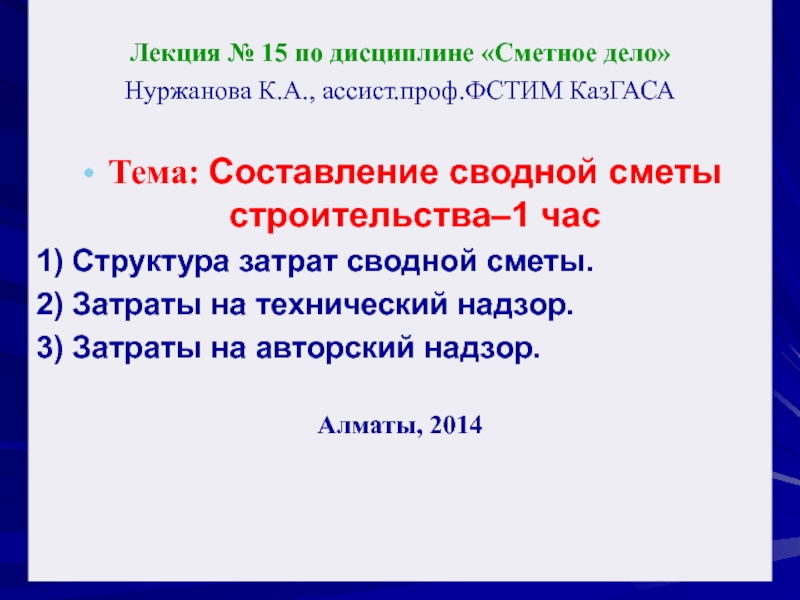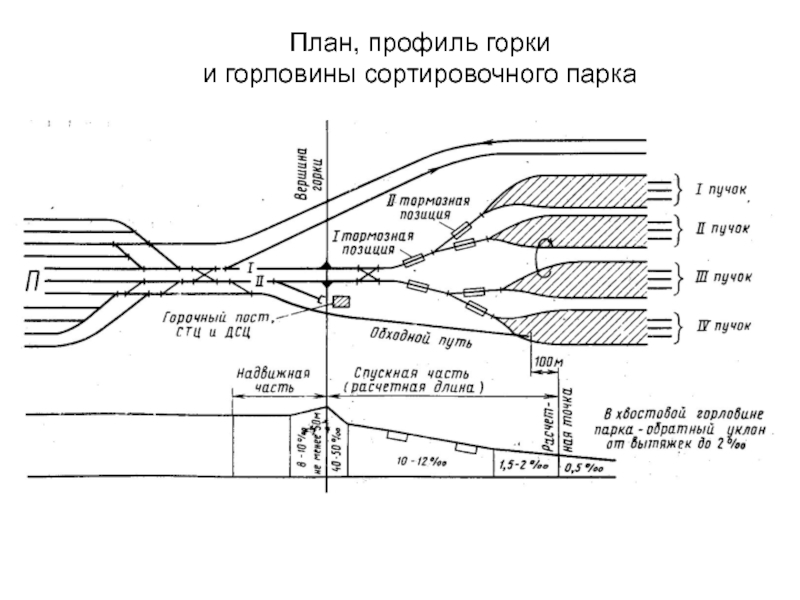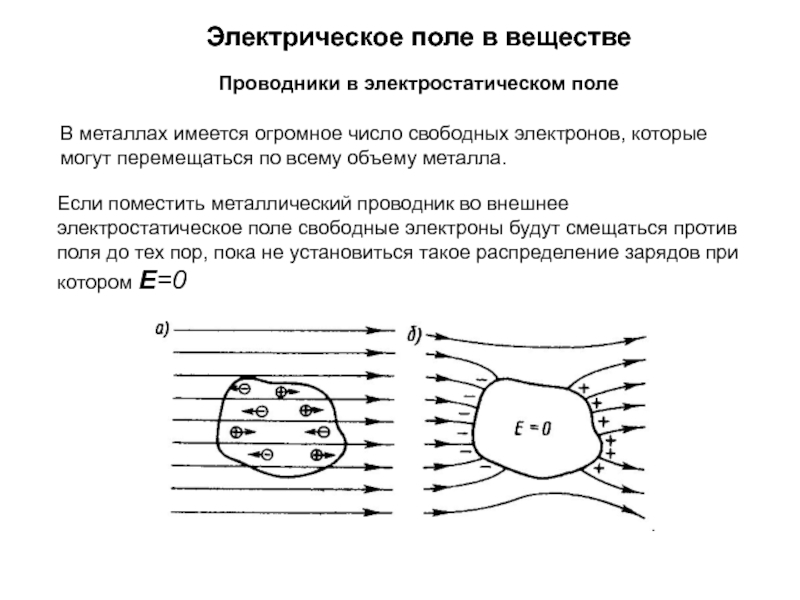Слайд 1Chapter 16
Retirement Planning
Слайд 2Learning Objectives
Understand the changing nature of retirement planning.
Set up a
retirement plan.
Contribute to a tax-favored retirement plan to help fund
your retirement.
Choose how your retirement benefits are paid out to you.
Put together a retirement plan and effectively monitor it.
Слайд 3Financing Social Security
When paying Social Security, you are purchasing mandatory
insurance for you and your family in the event of
death, disability, health problems, or retirement.
These benefits provide a base level of protection.
Your payment appears as the FICA deduction on your pay stub.
Слайд 4Financing Social Security
FICA taxes paid today are providing benefits for
today’s retirees.
The money you pay is not being saved
up for your retirement.
Changes will be necessary, possibly increasing the retirement age or limiting benefits for the wealthy.
Слайд 5Eligibility
95% of Americans are covered by Social Security.
Receive Social Security
credits as you pay into the system.
In 2005, earned
1 credit for each $920 in earnings up to a maximum of 4 credits per year.
To qualify for benefits, you need 40 credits.
Слайд 6Retirement Benefits
Retirement Benefits – size is determined by:
Number of
earnings years
Average level of earnings
Adjustments for inflation
Born prior to 1937
– receive full benefits at age 65.
Those born after 1960 must be 67 years old.
Benefits decrease for early retirement and increase for delayed retirement.
Слайд 7Defined-Benefit Plans
You receive a promised or “defined” payout at retirement.
Usually noncontributory retirement plans, where you do not need to
pay into them.
Payout is based on age at retirement, salary level, and years of service.
Слайд 8Defined-Benefit Plans
Employer bears investment risk – you’re guaranteed the same
amount regardless of how the stock or bond markets perform.
Plans lack portability – cannot take the plan with you when you leave.
Not all are funded pension plans, with unfunded plans paid out of firm’s earnings.
Слайд 9Cash Balance Plans
Workers are credited with a percentage of their
pay each year, plus a predetermined rate of investment earning
or interest.
Account grows at a set rate, regardless of how much is actually earned.
They are easier to track and benefits build up earlier.
If you leave, take your cash balance with you.
Слайд 10Pay Now, Retire Later
Step 1: Set Goals
Figure out what you
want to do when you retire.
How costly a lifestyle will
you lead?
Do you want to live like a king?
Do you have costly medical conditions?
Will you relocate or travel?
Decide on the time frame for achieving your goals.
Слайд 11Pay Now, Retire Later
Step 2: Estimate How Much You Will
Need
Turn your goals into dollars by estimating how much you
will need.
Begin with living expenses, calculate the cost to support yourself, and don’t forget about paying taxes.
Слайд 12Pay Now, Retire Later
Step 3: Estimate Income at Retirement
Once you
know how much you need, figure out how much you’ll
have.
Estimate Social Security benefits and determine what your pension will pay.
Слайд 13Pay Now, Retire Later
Step 4: Calculate the Inflation-Adjusted Shortfall
Compare
the retirement income needed with the retirement income you’ll have.
Слайд 14Pay Now, Retire Later
Step 5: Calculate How Much You
Need to
Cover This Shortfall
Know your annual shortfall.
Decide how much
must be saved by retirement to fund this shortfall.
Слайд 15Pay Now, Retire Later
Step 6: Determine How Much You Must
Save Annually Between Now and Retirement
Put money away little
by little, year by year.
Cannot make up the shortcoming in all at once.
Слайд 16Pay Now, Retire Later
What Plan Is Best For You?
Many
options are available.
Most plans are tax-deferred, earnings go untaxed until
removed at retirement.
Advantages of tax-deferred plans:
Contribute more because they may be untaxed.
Earn money on money that would have gone to the IRS.
Слайд 17Defined-Contribution Plan
Your employer alone, or in conjunction with you, contributes
directly to an individual account set aside for you.
It is
like a personal savings account but your eventual payments are not guaranteed.
What you receive depends on how well the account performs.
Слайд 18Defined-Contribution Plan
Profit-Sharing Plans – employer contributions vary based on firm’s
performance and employee’s salary.
Money Purchase Plans – employer contributes a
set percentage of employees’ salaries to their retirement plans annually. Provides a guaranteed contribution.
Слайд 19Defined-Contribution Plan
Employee Stock Ownership Plan – company’s contribution is made
in stock. This is the riskiest, as the company may
go bankrupt.
401 (k) Plans – a do-it-yourself variation of profit sharing/thrift plan.
A tax-deferred retirement plan where employee’s contributions and the earnings are deferred until withdrawals are made.
Слайд 20Retirement Plan for the
Self-Employed and Small Business Employees
Keogh Plans were
introduced in 1962 to allow tax-deductible payments into a retirement
plan.
Set up the plan and decide if it will be:
Defined-contribution
Defined-benefit Keogh plan
Слайд 21Simplified Employee Pension Plan
Used by small business owners with no
or few employees.
Works like a defined-contribution Keogh plan.
For 2005, the
deduction limit is 25% of salary or $42,000, whichever is less.
Слайд 22Savings Incentive Match
Plan for Employees
A SIMPLE plan can be established
by small employers.
May be set up by employers with less
than 100 employees earning $5000 or more, covering all employees, as part of a 401(k).
Слайд 23Individual Retirement Arrangements (IRAs)
There are 3 types of IRAs to
choose from:
Traditional IRA
Roth IRA
Cloverdell Education Savings Account (known as Education
IRA)
Слайд 24Traditional IRAs
Personal savings plans, providing tax advantages for saving for
retirement.
Contributions may be tax deductible – in whole or in
part.
No taxes on earnings until they are distributed.
In 2005-2007, contributions set at $4000; in 2008, it climbs to $5000.
Слайд 25The Roth IRA
Contributions are not tax deductible.
Distributions are distributed on
an after-tax basis.
To avoid taxes, your money must be kept
in the Roth IRA for 5 years.
Can withdraw your original investment without a tax penalty.
Слайд 26Traditional Versus Roth IRA: Which is Best for You?
You end
up with the same amount to spend at retirement, if
both are taxed at the same rate.
Choose the Roth IRA if you can pay your taxes ahead of time.
Слайд 27Saving for College: The Cloverdell Education Savings Accounts (ESA)
Works like
a Roth IRA, except contributions are limited to $2000 annually
per child under 18.
Income limits beginning at $95,000 for singles, and $190,000 for couples.
Earnings are tax-free and no taxes on withdrawals to pay for education.
Слайд 28Saving for College: 529 Plans
Tax-advantaged savings plan used for college
and graduate school.
Contribute up to $250,000, grows tax-free.
Plans are sponsored
by individual states, open to all applicants regardless of where they reside.
Слайд 29Facing Retirement – The Payout
Your distribution or payout decision affects:
How
much you receive
How it is taxed
Whether you are protected against
inflation
Whether you might outlive your retirement funds
Слайд 30An Annuity or Lifetime Payments
Single Life Annuity – receive a
set monthly payment for your entire life.
Annuity for Life or
a “Certain Period” – receive payments for life. If you die before the “certain period,” your beneficiary receives payment until that “certain period.”
Слайд 31An Annuity or Lifetime Payments
Joint and Survivor Annuity – provides
payments over the lives of you and your spouse.
Options:
50% survivor
benefit – pays 50% of original annuity to surviving spouse.
100% survivor benefit – continues to benefit the surviving spouse at the same level.
Слайд 32Annuity
Advantages
Receive benefits regardless of how long you live.
May pay medical
benefits while payout is being received.
Disadvantages
No inflation protection.
Not flexible in
the case of an emergency.
Difficult to leave money to heirs.
Слайд 33A Lump-Sum Payment
Receive benefits in one single payment.
You must make
the money last for your lifetime, and for your beneficiaries
after you are gone.
You can invest the money as you choose.
Слайд 34Tax Treatment of Distributions
Annuity payouts are generally taxed as normal
income.
Can have the distribution “rolled over” into an IRA or
other qualified plan.
Avoid paying taxes on the distribution while the funds continue to grow on a tax-deferred basis.
Слайд 35Putting a Plan Together
and Monitoring It
Most individuals will not have
a single source of retirement income.
Investment strategy should reflect investment
time horizon.
As retirement nears, switch to less risky investments.
Monitor before and after retirement.
Слайд 36Possible Complications
Checklist 16.2
Changes in inflation can have drastic effects on
your retirement.
Once you retire, you may live for a long
time.
Monitor your progress and monitor your company.
Don’t neglect insurance coverage.
An investment planning program may make things easier.
